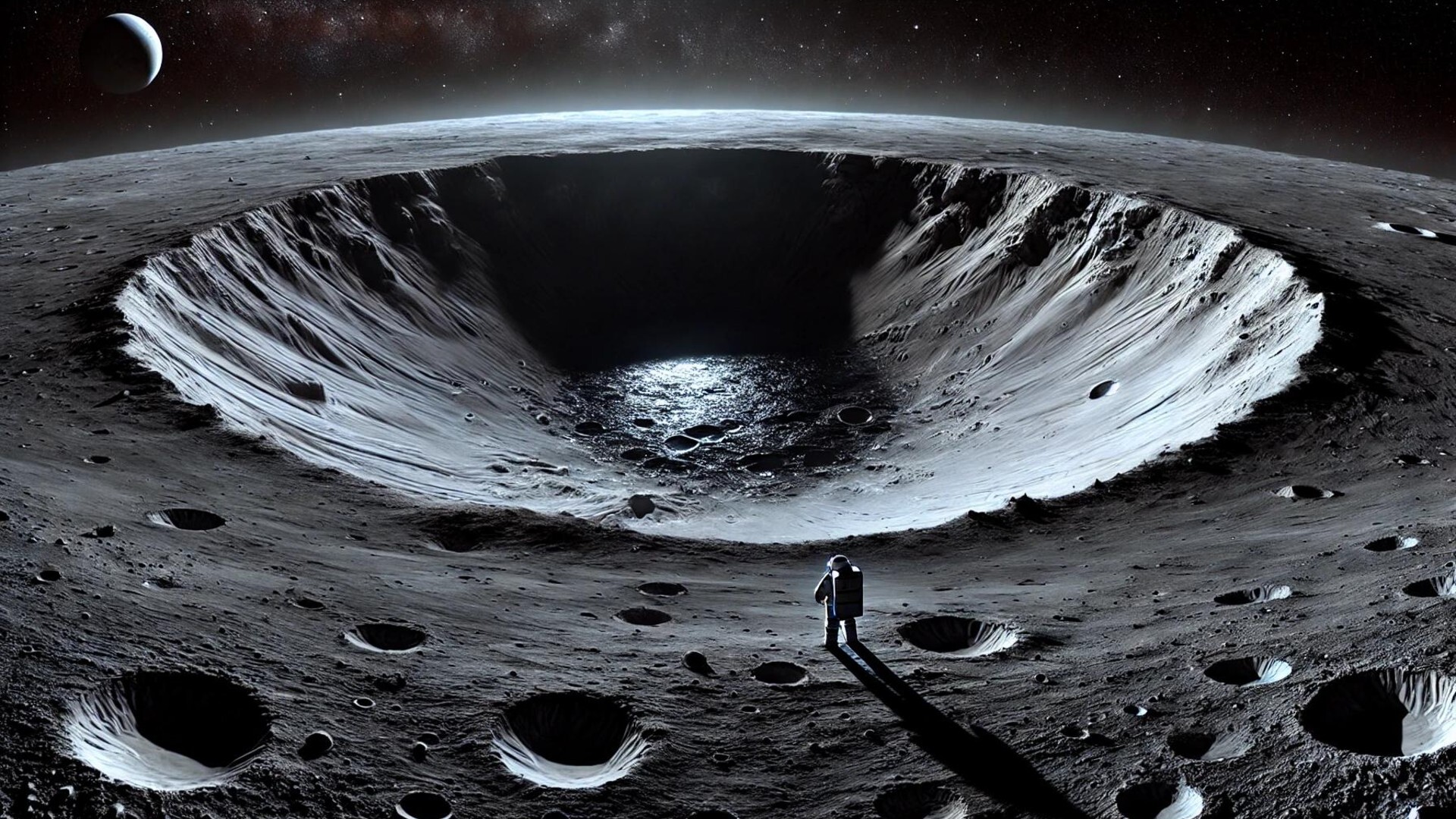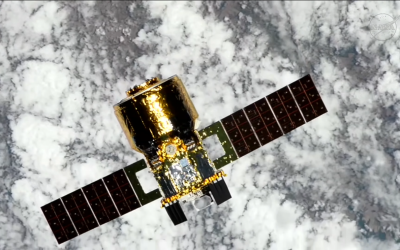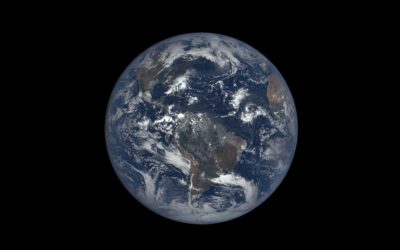The Moon is emerging as a strategic storehouse of vital resources, far exceeding its role as Earth’s natural satellite. International space agencies are now intensely focused on missions to extract lunar volatiles, a category encompassing hydrogen, water, helium, carbon dioxide, and carbon monoxide. These elements are crucial for manufacturing rocket fuel, breathable air, and potable water—all essential for realizing the ambitious goal of establishing long-term human presences on the lunar surface.
The precise availability of water ice on the Moon, along with the critical data needed to strategically guide future robotic and human lunar exploration, remains largely unknown. To address these significant knowledge gaps, an upcoming international summit of experts will convene to consolidate the current understanding of volatile compounds found within the Moon’s polar regions.
Honolulu, Hawaii, is set to host a pivotal international conference dedicated to the burgeoning era of lunar exploration. From November 12-14, the 2nd Lunar Polar Volatiles Conference will serve as a crucial forum to prepare for the anticipated surge of robotic and crewed expeditions. These multi-national missions aim to thoroughly explore, investigate, and ultimately harness the valuable volatile resources found in the Moon’s polar regions.
The three-day event will convene leading experts and academics from across the United States. It will also feature significant presentations from international participants, including representatives from China and Canada, alongside several prominent private space companies, highlighting the global collaborative effort in advancing lunar science and resource utilization.
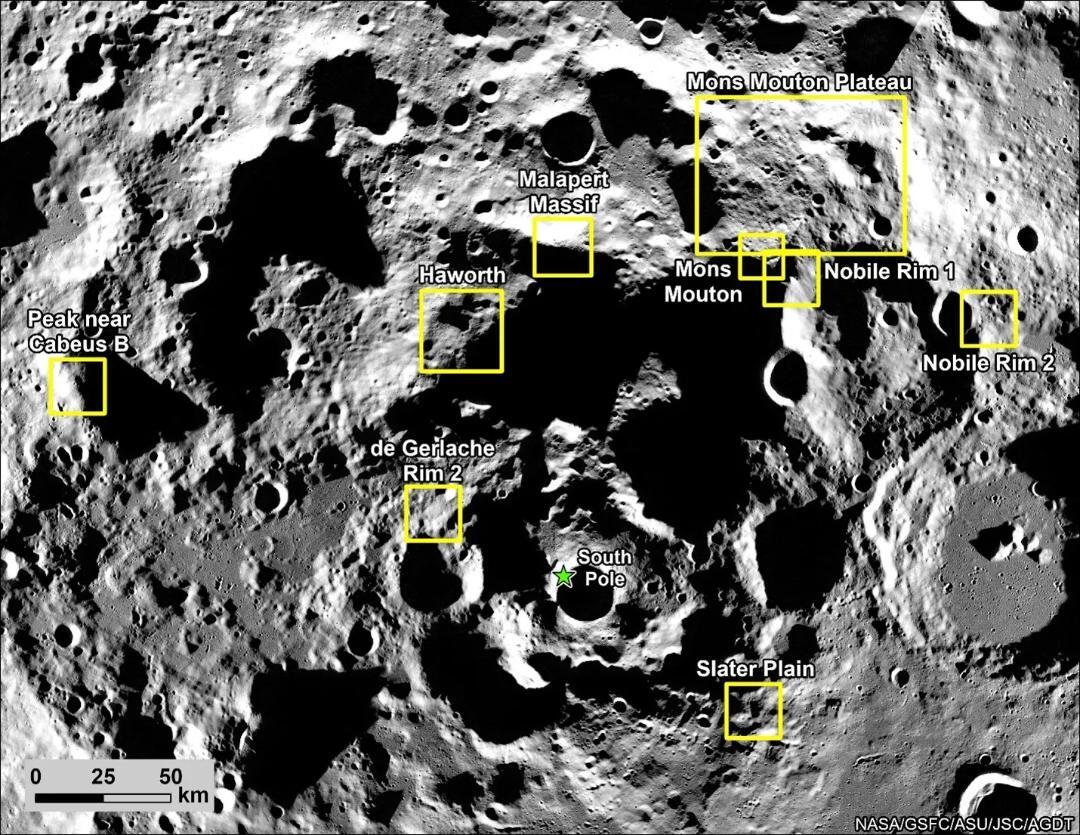
Shuai Li, a conference organizer and researcher with the Hawaii Institute of Geophysics and Planetology at the University of Hawaii at Manoa, highlighted that at least three critical dimensions concerning lunar polar volatiles are currently overlooked or insufficiently understood.
A crucial and currently absent component of lunar exploration is a comprehensive survey to identify major volatile compounds potentially trapped within the moon’s permanently shadowed regions (PSRs). This vital assessment, according to Li, is critically needed and has yet to be undertaken, as shared with Space.com.
Despite the strong possibility that water ice represents the most abundant volatile substance, a reliable, detailed mapping of its distribution remains notably absent, explained Li. This is especially true for vast regions where water ice might exist in concentrations as low as a few weight percent, or even less, making precise identification a formidable challenge. Li further noted that other prominent volatile species, including hydrogen sulfide, carbon monoxide, and carbon dioxide, are projected to be significantly less abundant than water ice.
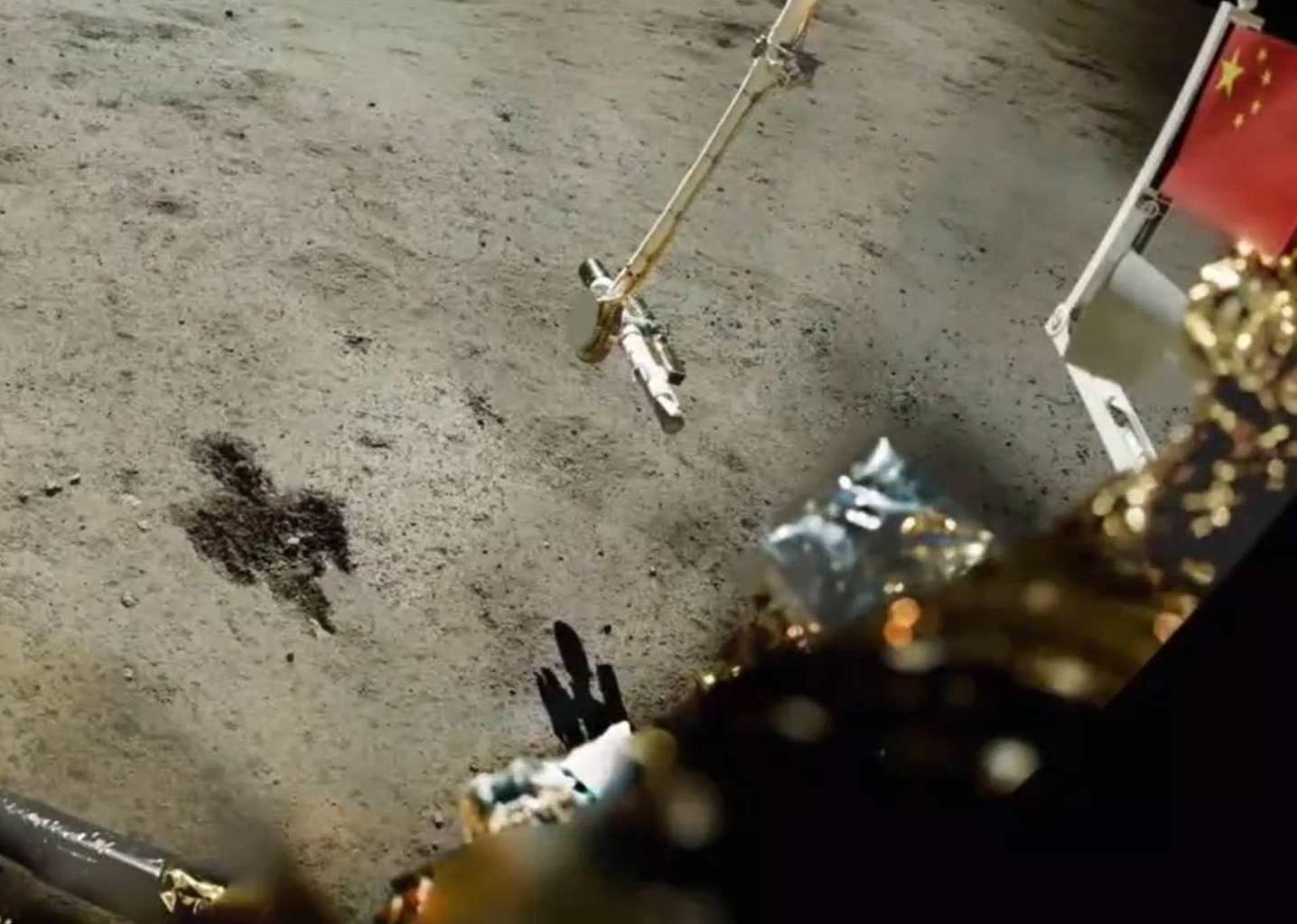
“The direct observation of these volatile species remains unconfirmed, Li explained, citing their elusive nature.”
Here are several ways to paraphrase the text, maintaining a clear, journalistic tone:
**Option 1 (Concise and direct):**
“A significant gap in current understanding pertains to the vertical distribution of volatiles, particularly water ice.”
**Option 2 (Emphasizing the unknown aspect):**
“Moreover, how volatile compounds—including essential elements like water ice—are vertically distributed remains poorly understood.”
**Option 3 (Highlighting the research need):**
“Another critical area where scientific knowledge is incomplete involves the vertical layering of volatile substances, notably water ice.”
**Option 4 (More active voice):**
“Researchers also lack sufficient data to fully ascertain the vertical arrangement of volatile materials, such as water ice.”
Li further pinpointed a third critical requirement: the imperative sampling of these volatile compounds. This, he elaborated, is essential for scientists to uncover their true origins, understand the intricate processes that led to their formation, and determine how they ultimately became sequestered within the moon’s environment.
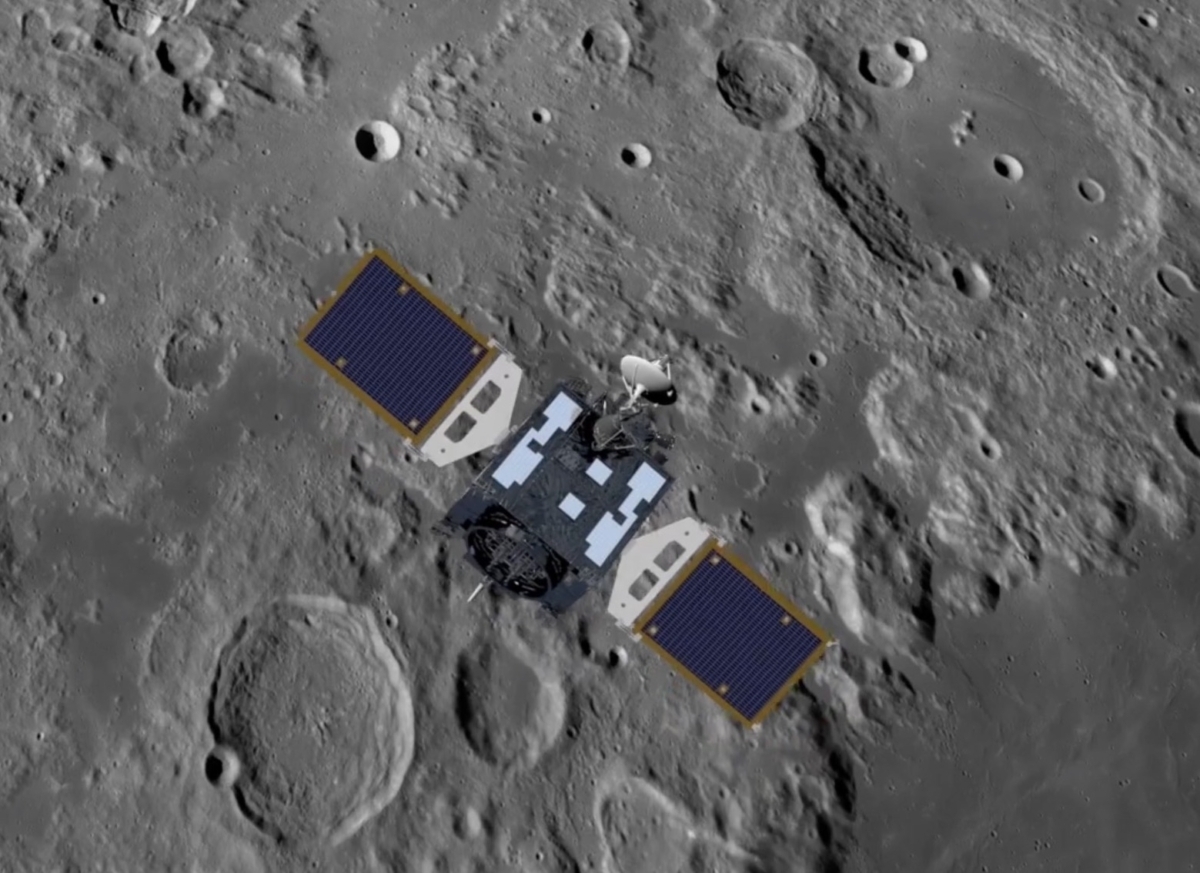
Norbert Schörghofer, a Honolulu, Hawaii-based senior scientist at the Planetary Science Institute, is taking on a co-organizing role for the forthcoming event.
The scientific investigation into ‘lunar polar volatiles’ is “just getting started,” according to Schörghofer. He highlighted that numerous missions, including the Volatiles Investigating Polar Exploration Rover (VIPER), recently reinstated after earlier delays, have faced significant postponements. These setbacks, Schörghofer explained, mean that researchers currently lack sufficient data to accurately assess the abundance and distribution of water ice on the moon.
The paramount objective, Schörghofer asserted, is to obtain conclusive proof of lunar ice.

In October 2009, NASA’s Lunar Crater Observation and Sensing Satellite (LCROSS) embarked on a dramatic, deliberate mission, intentionally directed to impact a permanently shadowed crater at the Moon’s south pole. The critical objective of this calculated maneuver was to definitively confirm the presence of water ice in that perpetually dark region.
While the LCROSS mission detected a six percent concentration, scientist Schörghofer dismissed this as an insignificant amount of ice from a singular experiment. He further criticized data from lunar orbiters, calling spectroscopic detections of surface ice “hopelessly incoherent.” Speaking to Space.com, Schörghofer emphasized the critical need for definitive and reproducible evidence to confirm lunar ice reserves.
According to Schörghofer, substantial advancements have been made in comprehending the presence of water within lunar rocks. This significant progress stems from the detailed analysis of samples retrieved by China’s Chang’e-5 and Chang’e-6 missions, which successfully gathered material from both the Moon’s near and far sides.
Despite the critical importance of lunar ice, progress in understanding it has been remarkably limited, according to Schörghofer. This significant hurdle stems directly from the absence of dedicated landed missions to the Moon’s polar regions. Consequently, scientists are left to painstakingly extract potential ice-related data from existing datasets—information initially gathered for unrelated purposes by instruments never designed to detect lunar volatiles. This often yields a frustrating array of “maybe” observations, rather than definitive conclusions.
Recent multinational research is actively charting the evolving dynamics of international cooperation. These findings prompt a critical inquiry: How are global partnerships adapting to contemporary challenges, and, crucially, do these studies underscore an escalating imperative for deeper cross-border collaboration among nations?
Li acknowledged the notably gradual pace of development, yet affirmed that discernible growth is now evident.
In a significant stride for international space collaboration, the United States and South Korea have partnered on the Korean Pathfinder Lunar Orbiter (KPLO), known as Danuri. This mission carries ShadowCam, a highly sensitive camera provided through a joint effort by NASA, Arizona State University, and Malin Space Science Systems. ShadowCam’s primary objective is to peer into the moon’s permanently shadowed regions (PSRs), offering unprecedented views into these elusive lunar areas.
According to Schörghofer, the United States and China are anticipated to be the primary drivers of lunar exploration for the next several decades.
According to Schörghofer, while international collaboration is a welcome development that expands scientific interest in the Moon, and cooperation is expected to intensify, the long-term outlook points towards a direct competition between two superpowers.
Despite ongoing research, significant gaps persist in our understanding of both the total volume and specific locations of water ice on the lunar surface.
According to Schörghofer, the quantity of currently identified and readily recoverable resources, termed “reserves,” is arguably quite limited at this time. He emphasized the critical need for precise and conclusive measurements of the actual ice content.
Li emphasized the undeniable need for enhanced international collaboration, particularly as numerous missions prepare to target the lunar south pole in the coming years. He advocated that a collective sharing of findings regarding lunar volatiles would yield substantial benefits for all nations involved. This cooperative exchange of data, Li explained, is crucial not only for scientific advancement but also for the practical applications of in-situ resource utilization.

